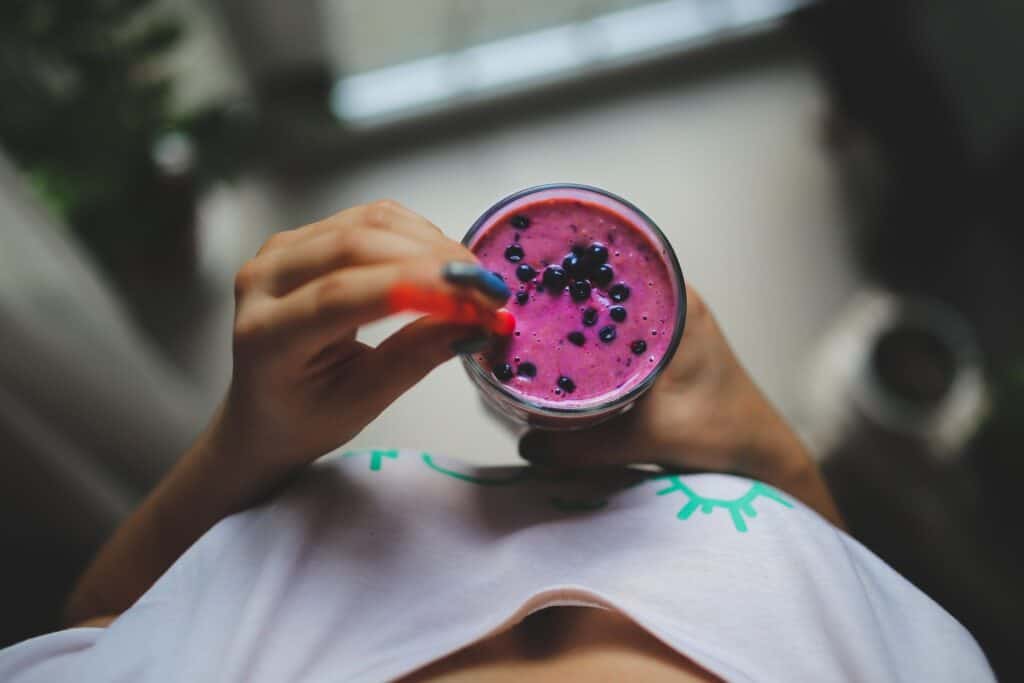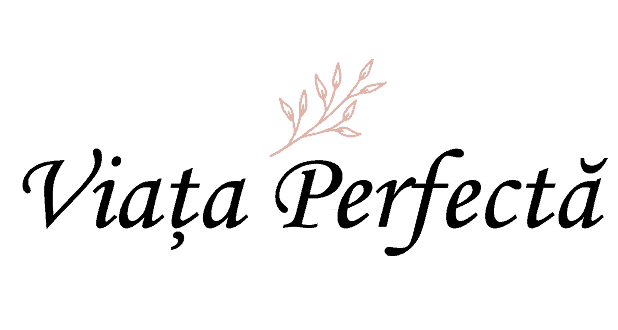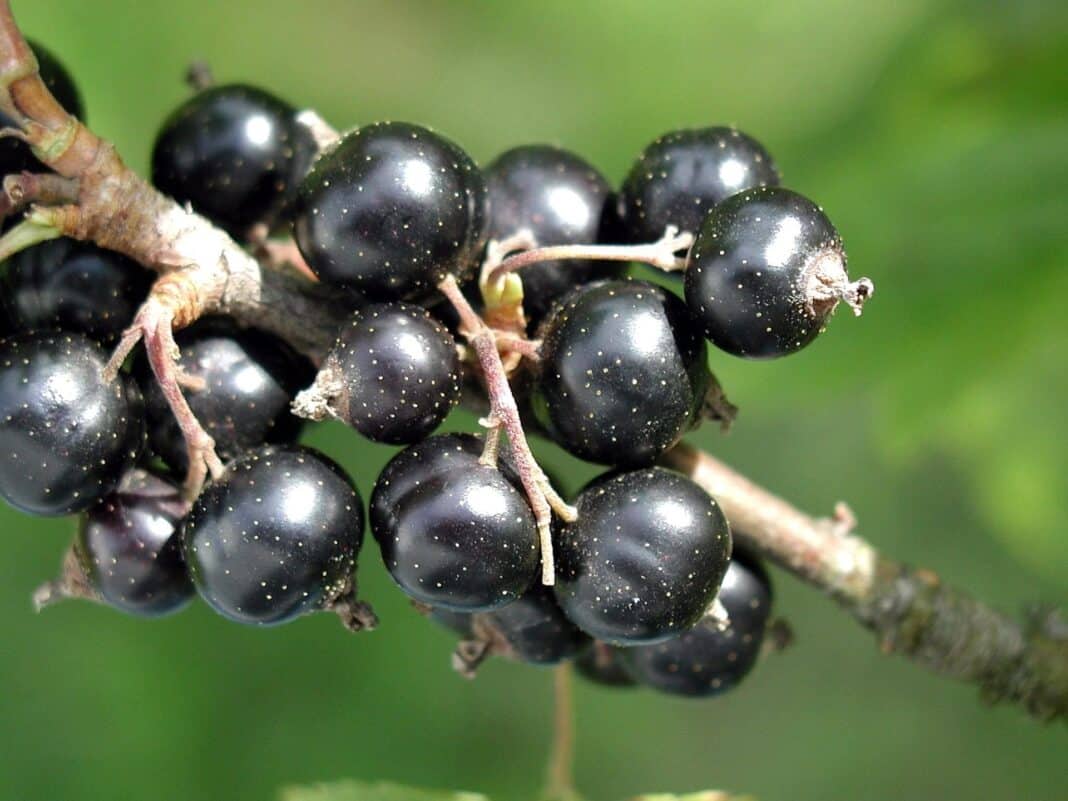Blackcurrant, the wonder shrub

Blackcurrant has a remarkable content in vitamin C (about 3-4 times more than lemons). Blackcurrant contains 87-88% water, organic acids, protides and carbon hydrates. Blackcurrant also contains sodium salts, K, Ca, P, Fe, Zn, vitamin A, which are in ripe fruit at 23 mg%.
Blackcurrant also contains vitamin B1, B2, B6 and PP, vitamin C in appreciable amounts (about 200 mg%). Blackcurrants are rich in anthocyanin pigments and flavonosides. Fruits also contain tannins, rutosides, anthocyanins, betacarotene and microelements.
Blackcurrant is a mountain shrub, which grows sporadically, being increasingly cultivated in gardens or on compact surfaces. The currant is known for its therapeutic properties, and is rightly called a “wonder fruit”.
Blackcurrant, therapeutic recommendations

Due to the high content of vitamin C, in particular, because this vitamin is very stable, currants confer a general tonic effect, increasing the body’s resistance to infectious diseases, stimulating the formation of red blood cells, in weight gain and bone growth in children.
Blackcurrant fruits are extremely beneficial in the diet of children and the elderly, being price adjuvants in gerontology. They are recommended in convalescence, for the restoration of the body. Blackcurrant fruits have a tonic effect on the nervous system, being a price remedy in intellectual overdevelopment and asthenia.
These wonder fruits have an important role in the prevention of vascular accidents,increase visual acuity, being useful to those working underground, aviators or divers. These fruits are extremely diuretic, recommended in kidney diseases, especially in urinary lithiasis, gout and rheumatism.
The currant has pectoral effects, being an excellent remedy in cold, cough, hoarseness, angina pectoral. The fact that they are also welded makes currants a remedy in febrile conditions and in the elimination of toxins.
Blackcurrant, way of use

Fruits can be eaten as such, fresh, in the form of juice, having detoxifying and toning effects of the body. Can be consumed in the form of infusion of dried fruit, 1-2 teaspoons per cup of water. They drink 2-3 cups a day.
Syrup is mainly given as a pectoral. From 250 g fruit to 1 liter water, boiled until it drops by half, strain, add an equal amount of sugar or honey and boil again until it drops by half. Take one teaspoon every two hours.
Blackcurrant syrup prepared from blackcurrant juice obtained by pressing and oversaturated with sugar or honey is kept for one year, when it loses only 15% of vitamin C. After two years, the loss of vitamin C is 70%.
Thecurrant cider is given 100 ml before the main meals. It will not be given to children.
The currant leaves contain tannins, vitamin C,volatile oil and are considered exceptional natural remedies. Due to hypotensive action, are recommended in hypertension and atherosclerosis. Diuresis occurs through the massive elimination of uric acid and urate, being an important adjuvant in uric lithiasis, rheumatism, gout and arthritis. Make long-lasting cures, up to 6 months, in the form of infusions with 2 teaspoons per cup, 3 cups per day, between meals.
Blackcurrant seeds contain one of the most important essential fatty acids, gamma-linolenic acid. Essential fatty acids lower blood pressure, and gamma-linoleic acid inhibits platelet aggregation. The next effect is to raise the level of prostaglandins, resulting in peripheral vascular dilation. These essential fatty acids are good remedies in the treatment of angina, vascular spasms and coronary heart disease.
Studies show the beneficial effects of blackcurrant consumption and in conditions such as: diabetes, menstrual cycle disorders, inflammatory states, strengthening of the immune system, multiple sclerosis, alcoholism, atopies.

